Imagining an Alarming Future at Brazil’s Museum of Tomorrow
The ambitious museum looks at where humankind is headed—and asks how they’ll live in a post-climate-change world
A new sentry stands guard on Rio de Janeiro's harbor: a white, beamed canopy that rises from the ground and points toward the sky—and the future. The Museum of Tomorrow's intricate architecture moves with the sun, morphing and changing all day long. And inside this innovative building lies something even more dynamic—a futuristic science museum that looks decades ahead and was specifically designed to elicit an emotional response.
This museum for a new generation doesn’t contain any historical artifacts or meditations on how people in the past lived and survived, aside from quick multimedia overviews of how humans came to exist on Earth. What it holds is far more important to the future world: exhibits showing the effects of humans on the planet and what Earth might look like 50 or more years down the road. Each installation incorporates scientist-outlined visions of where the planet is headed in regard to climate change, population size, lifespan, technology, biodiversity and cultural integration—and points to the possibility of a more sustainable future. The museum leads visitors on a journey through five distinct sections. Each attempts to answer a fundamental question: “Who are we? Where do we come from? Where are we now? Where are we headed to? And how do we want to get there?”
It’s a complex—and interactive—journey. In Cosmos, visitors lay back to face a movie screen for a short video about Earth’s geology and evolution. In the Earth portion, they investigate three large cubes to learn about where human beings came from. The first contains an installation showing two tangled scarves dancing on wind, meant to represent matter in flux. The next cube revolves around DNA, and the last investigates culture and relationships through 1,200 images.
Then it's time to head into Anthropocene, the centerpiece of the museum. The section focuses on the new Age of Man, modern times in which humans have flourished on—and irreparably impacted—Earth. Visitors stand in the middle of a cluster of 32-foot-high video screens that assault them from every direction with images of destruction. Statistics on how humankind has modified (and often destroyed) Earth flash by along with everything from charts that show how much energy, water and meat are consumed by humans to growing population graphs to images of buildings that spew putrid black smoke into blue skies. From there, suitably horrified guests walk on to the Tomorrows exhibit, where they can play interactive games to learn about different possibilities for the future and how their life choices could affect humanity’s survival.
The development project is not without controversy: It sparked the ire of some Rio residents, who claim that the building has pushed out poor citizens and was an unnecessary expenditure ahead of the 2016 Olympics. However, the museum's architecture has drawn applause for its green design. The cutting-edge structure, which was designed by famed Spanish artist Santiago Calatrava, is reminiscent of whalebones or the shell of a ship on the waterside. Fin-like panels along the building's top move in concert with the sun—an innovation used by Calatrava in one of his earlier creations, the Milwaukee Art Museum. The museum's inner workings are as resource-conscious as its exterior is memorable, paying homage to the materials inside. Its fins are actually solar panels, water is drawn from deep in the bay to use in the air-conditioning system, open air pathways keep fresh air circulating and natural light shines down on the exhibition spaces. The result is a museum that uses 40 percent less energy than traditional structures.
Though the building itself is an optimistic example of how mankind can take advantage of renewable resources, the exhibits within were designed to elicit an emotional, and often troubled, response from visitors.
“We hope people will come out feeling disturbed or inspired but not indifferent,” curator Alberto Oliveira told The Guardian’s Jonathan Watts. “If they feel pessimistic, it’s not because of us; it’s because of reality…This is all based on the best available science.” But the main takeaway lies in the last room, Us. Here, visitors walk through a structure full of lights and sounds that interact with their movements, showing that with every action, the world around them is affected.
/https://tf-cmsv2-smithsonianmag-media.s3.amazonaws.com/accounts/headshot/JenniferBillock.png)
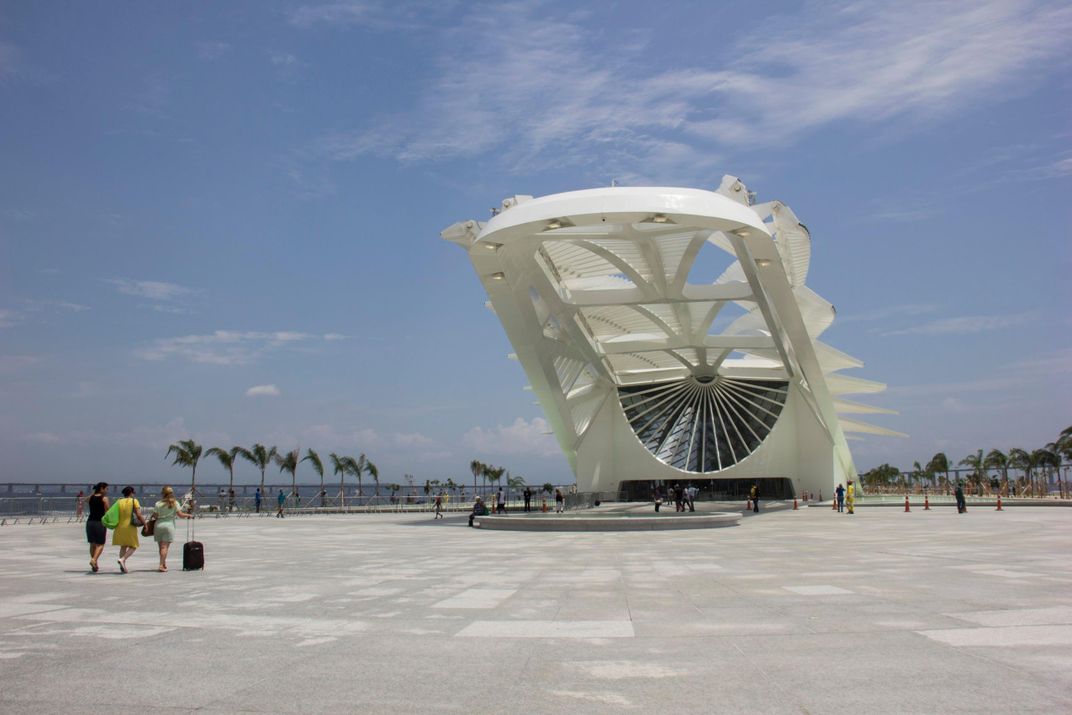
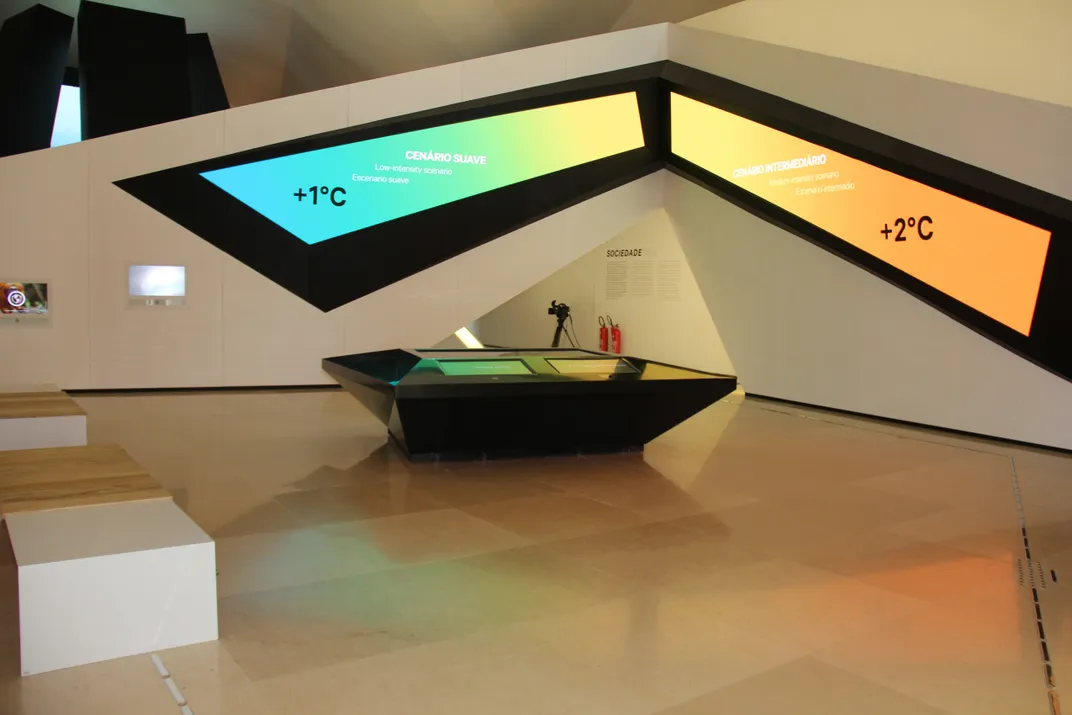
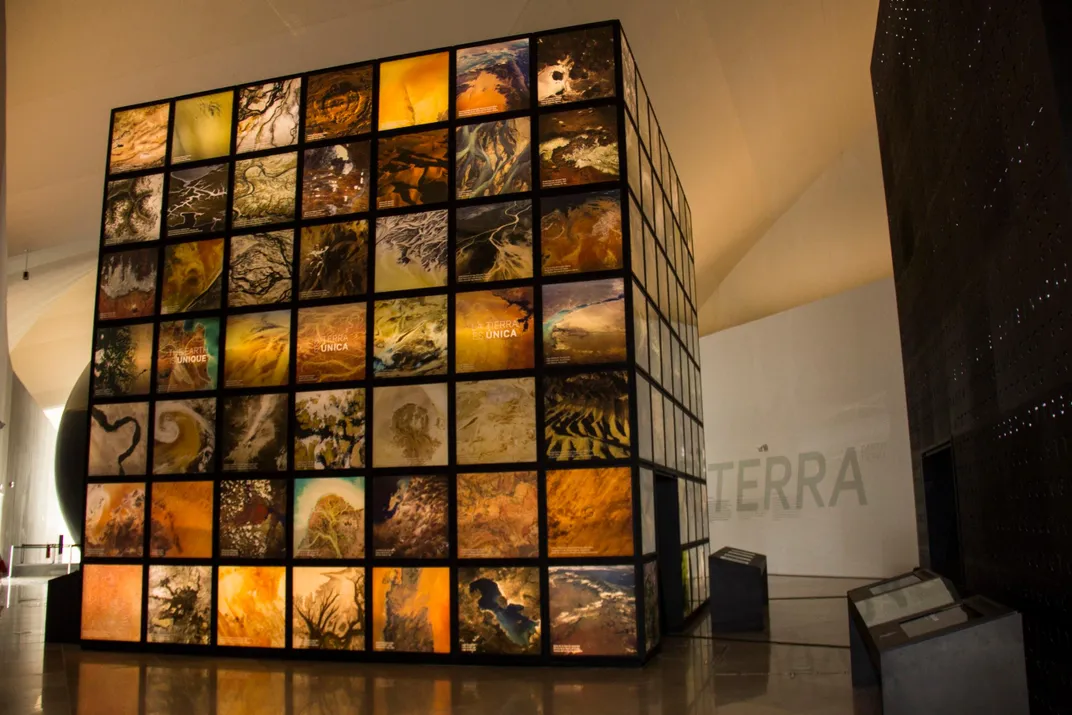
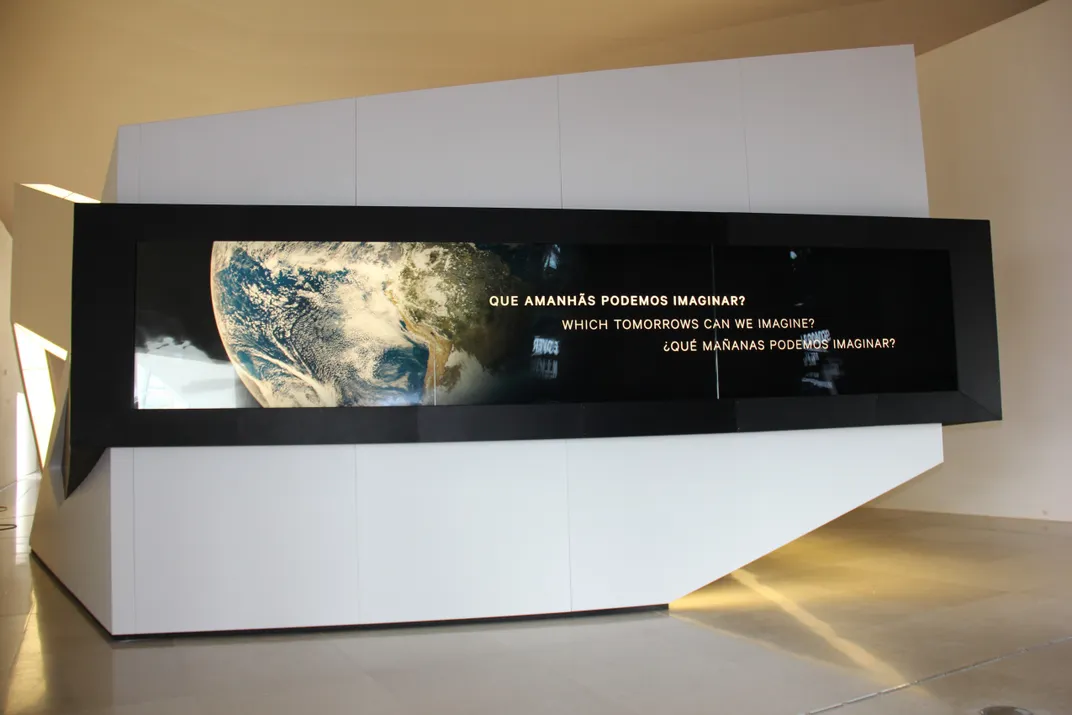
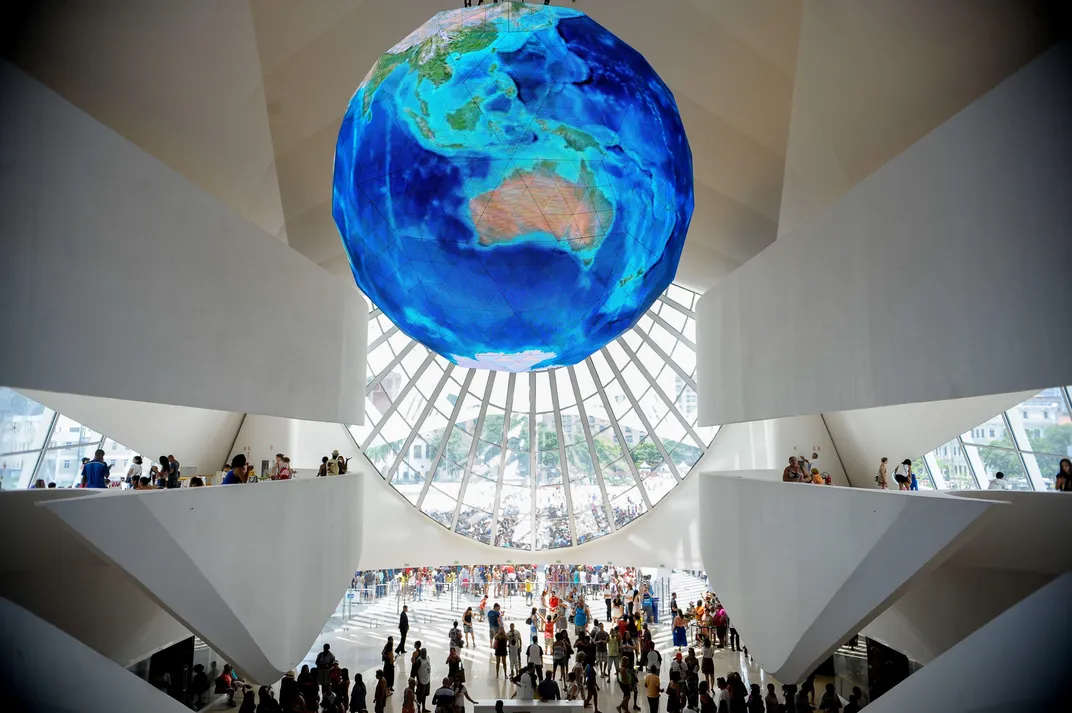
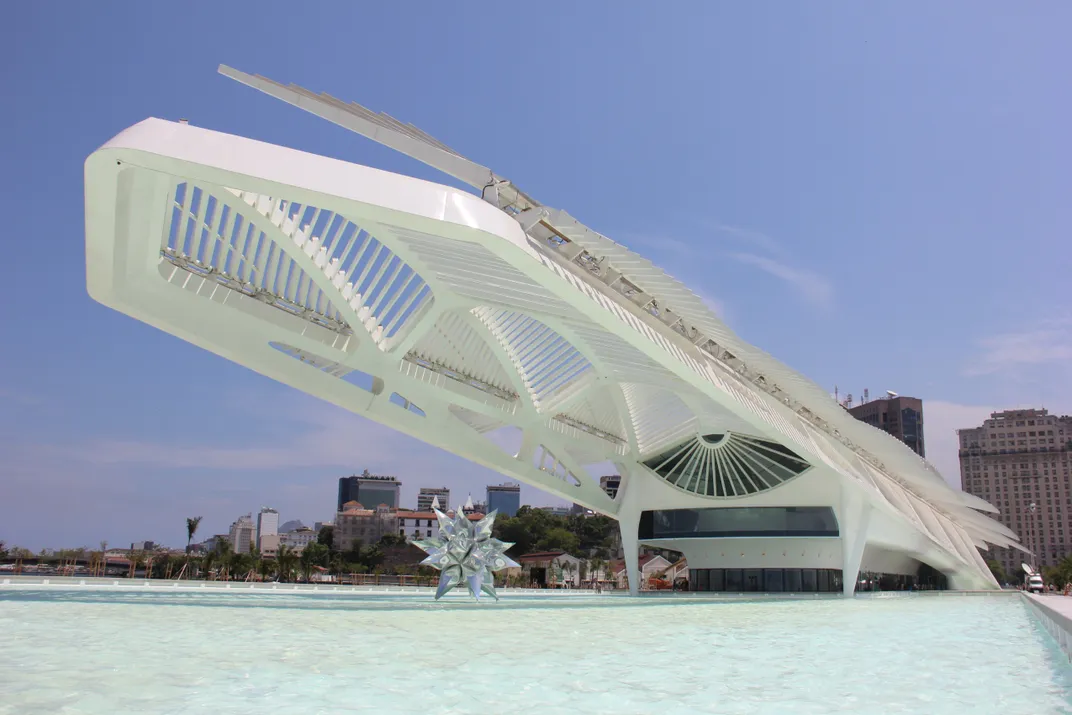
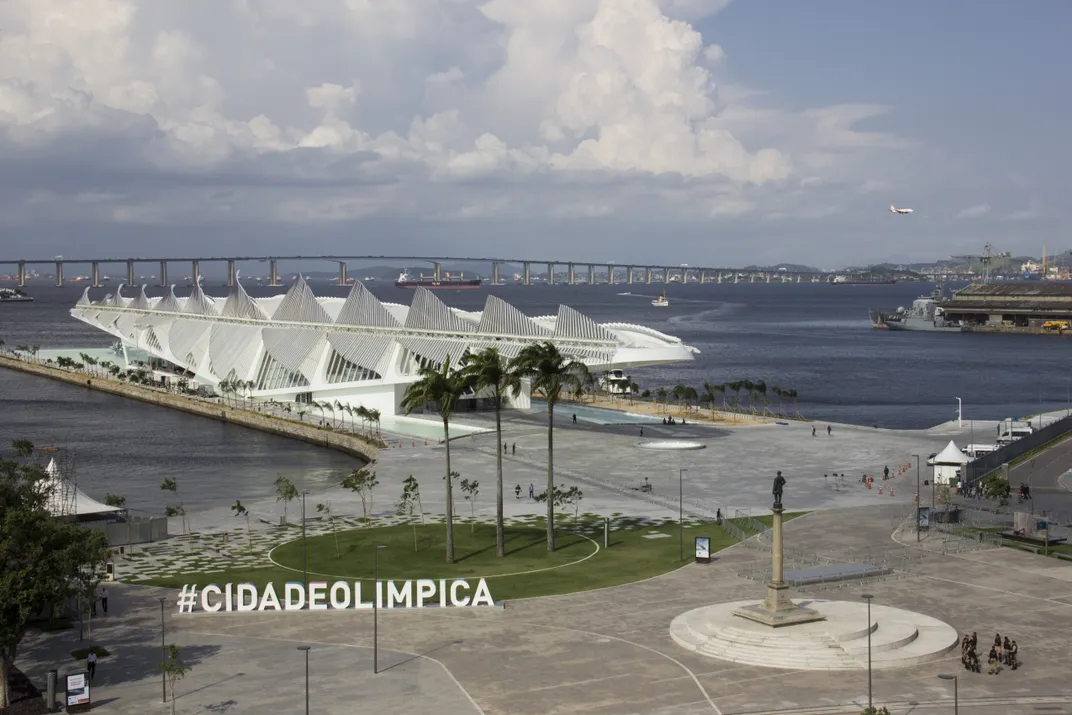


/https://tf-cmsv2-smithsonianmag-media.s3.amazonaws.com/accounts/headshot/JenniferBillock.png)